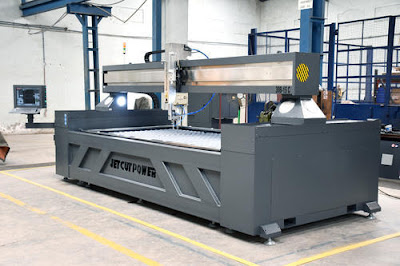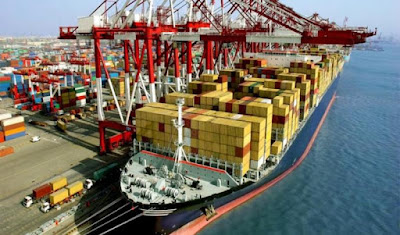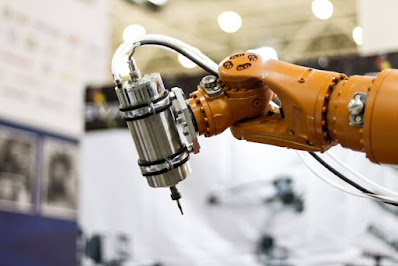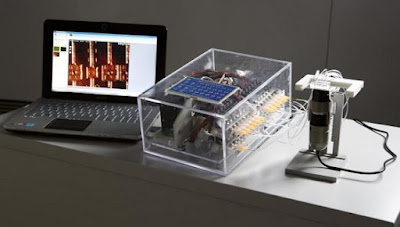The vehicle industry is expected to increase moderately in the future years, which will be a major driving force in the expansion of the worldwide waterjet cutting machine market. Waterjet cutting machines are well-suited to the necessity of strict cutting tolerance in precision cutting, which is critical in vehicle manufacture.
Asia Pacific is the fastest-growing regional market, and is expected to drive the growth of the global market during the forecast period (2019 to 2027). In emerging markets such as India, China, and South Korea, economic growth has led to an increase in the demand for waterjet cutting machine market. This, in turn, is acting as a major driver for market growth.
In the aerospace sector, abrasive waterjet cutting with five to six axis motion control is commonly used for precision metal cutting of composites, titanium, Inconel, and other materials. Because there is no heat impacted zone or burrs, waterjet cutting machine technology is a suitable choice for the aerospace industry. This removes the need for additional operations.
Waterjet cutting machines are widely used for precise cutting of aerospace parts such as fuselages, engine components, interior cabin panels, rotary blades, and so on. Waterjet technology also has an advantage over other technologies for medical purposes because it produces no heat and cuts material without affecting its structural qualities.
Because it is a cold-cutting process, the use of technology in medical applications is projected to continue due to its ability to accurately shape medical parts without affecting the qualities of the material.
Increasing infrastructure development in growing economies such as Indonesia, Thailand, China, and India, as well as the Philippines in the APAC region, has resulted in increased total spending in industries such as metalworking, automotive, and aerospace.
Bangladesh and the ASEAN nations are likely to emerge as new manufacturing hubs, with potential expansion in the manufacturing sector. Overall economic growth, combined with shifting global demographics and rapid urbanisation, is predicted to drive demand for waterjet cutting machines even higher.




























